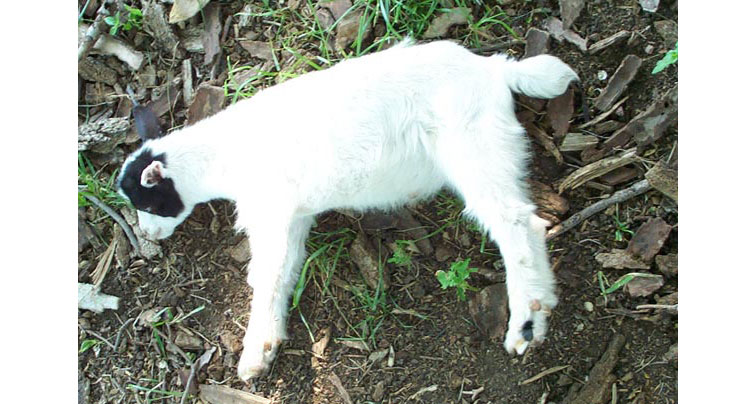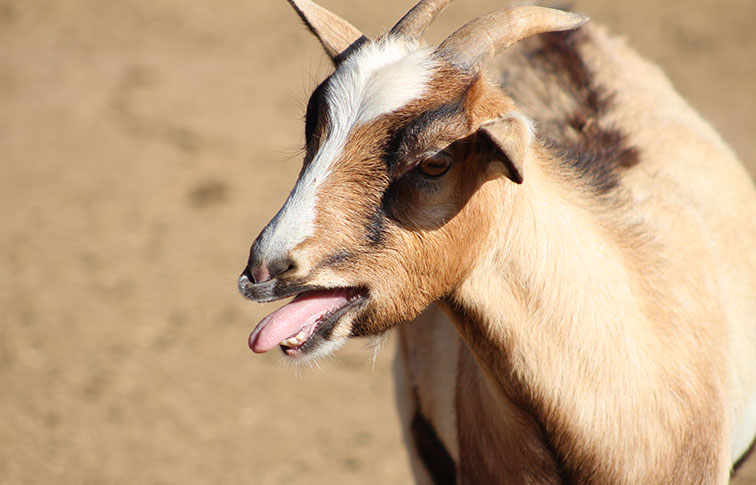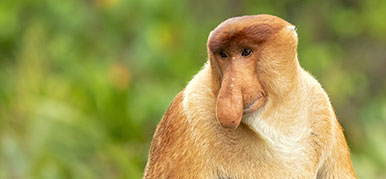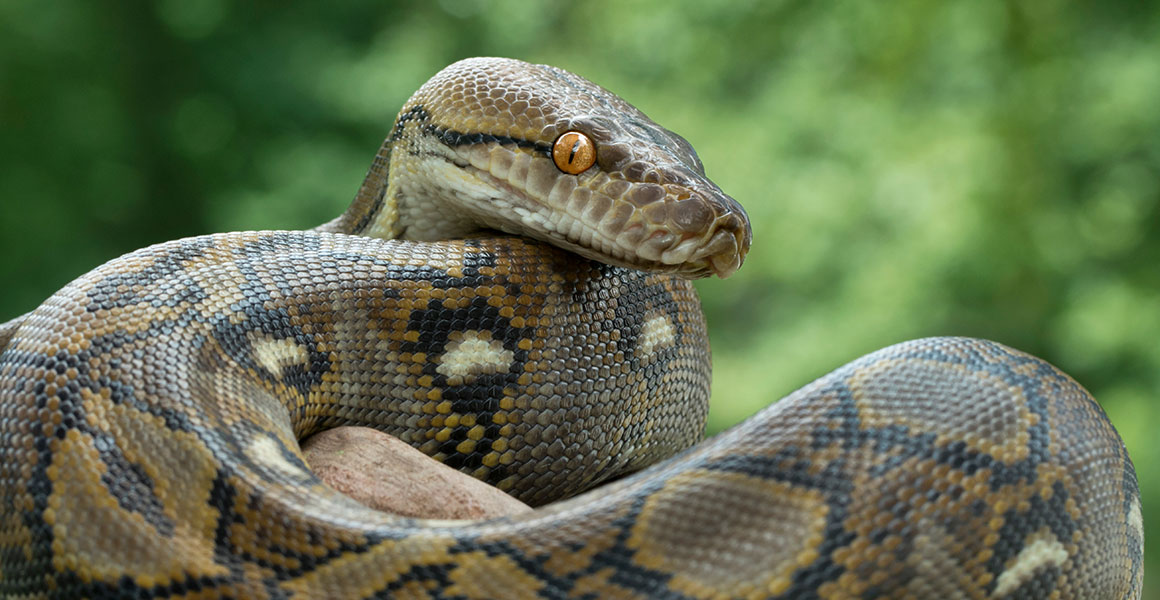Screaming and fainting goats are a mainstay of the internet, but what is the reality behind the memes?
You may be familiar with videos of goats keeling over, seemingly frozen in fear. Perhaps you've taken a deep dive through the internet, discovering numerous videos of goats screaming along to Christmas carols.
But what is really going on with goats?
Fainting goats
Not all goats faint. The breed that has found fame for falling over is aptly called the Tennessee fainting goat. They're also known as myotonic, stiff-legged, nervous or wooden-leg goats.
When they fall, however, the goats aren't passing out from fright. The Tennessee fainting goat breed has a hereditary condition called myotonia congenita, a disorder that affects the skeletal muscles, which are used for movement. When the muscles are voluntarily contracted, such as in the act of running away from a potential threat, the relaxation of the muscle can be delayed. This leaves the muscles rigid and renders the animal unable to move.
The reaction is typically caused by a myotonic goat being spooked by, for example, loud sounds or a sudden movement. The sudden stiffening of muscles as the animal attempts to flee sometimes causes them to fall over, which looks a bit like they have fainted from fright. Some goats are more severely affected by the condition than others.

Myotonic goats sometimes fall over when their muscles contract in response to being spooked. Image via Wikimedia Commons
While in their rigid state, the goats are practically helpless. In 1930, geneticist Jay L Lush wrote, 'While in this condition they can be pushed or turned over as if they were carved out of a single piece of wood.'
The muscle stiffness doesn't last long, only about 5-20 seconds. There's no long-lasting harm from the faint, unless it is from a height, but goats are susceptible to stress if they are frightened.
Fainting goats are thought to have appeared in around 1800 in Tennessee, USA, but there is no conclusive evidence as to their origin. Experts aren't certain whether the genetic mutation that has caused their myotonia congenita appeared spontaneously, or whether it was introduced from another breed.
The gene that causes myotonia congenita is recessive, meaning an animal needs two copies - usually one from its mother and one from its father - to suffer from the condition. So when Tennessee fainting goats are cross-bred with other goat breeds, they typically don't pass on their condition.
Myotonia congenita also occurs in humans in two major forms, distinguished by their severity and pattern of inheritance: Becker-type myotonia and Thomsen disease. Unlike in goats, the muscular stiffening reaction in humans is not a response to fear.

Goats have a variety of bleats and sometimes they can sound quite humanlike © MarwanAndrew via Wikimedia Commons (CC BY-SA 4.0)
Screaming goats
Goats have long entertained and terrified the world with their screams.
But while some goats make noises that sound humanlike, they're actually just bleating. Goats have a variety of bleats, and each individual has its own distinctive voice. Bleats can range in volume, pitch and depth.
Goats bleat to communicate. They may vocalise when they are hungry, hurt or signalling danger to their herd. Mother goats may also call to their young kids when they get separated.
Like humans, goat vocal behaviours can change over time. A study was carried out on a farm in the UK, using four groups of pygmy goat kids born in 2009 and 2010.The researchers found that calls of kids raised together were more similar than the goats they were raised separately to. This suggests that individual goat calls are influenced by their social surroundings.

What on Earth?
Just how weird can the natural world be?

More fascination to feed?
Learn from top experts with our on-demand, online courses, designed for all levels of interest in the natural world.




Don't miss a thing
Receive email updates about our news, science, exhibitions, events, products, services and fundraising activities. We may occasionally include third-party content from our corporate partners and other museums. We will not share your personal details with these third parties. You must be over the age of 13. Privacy notice.
Follow us on social media